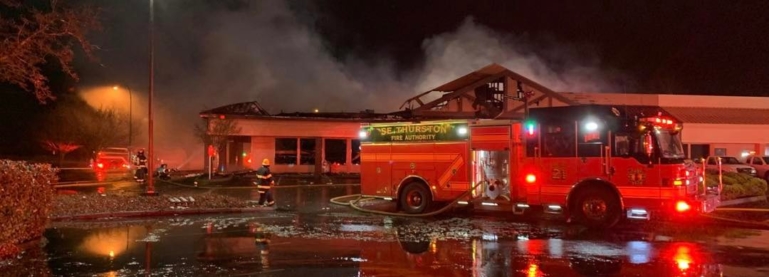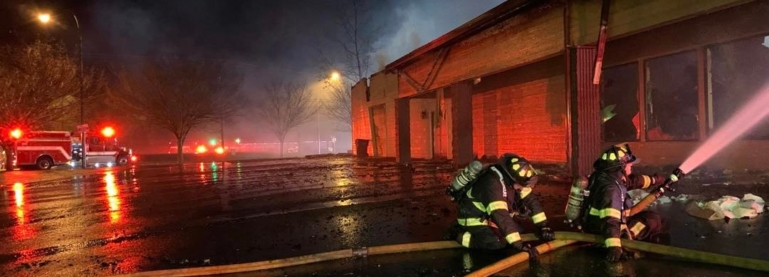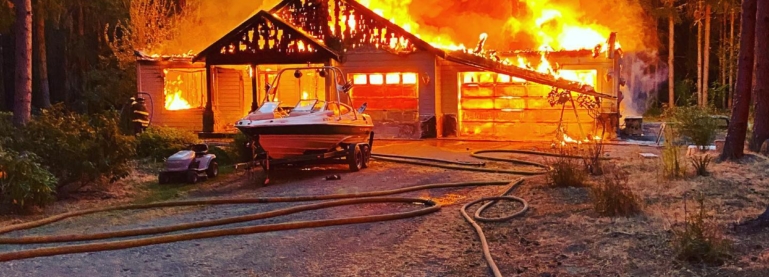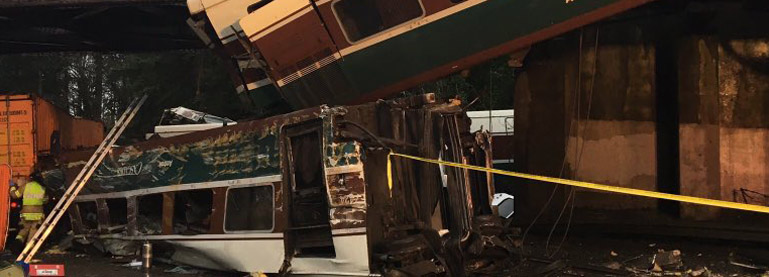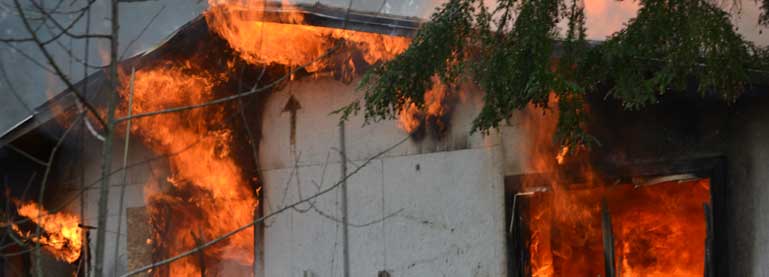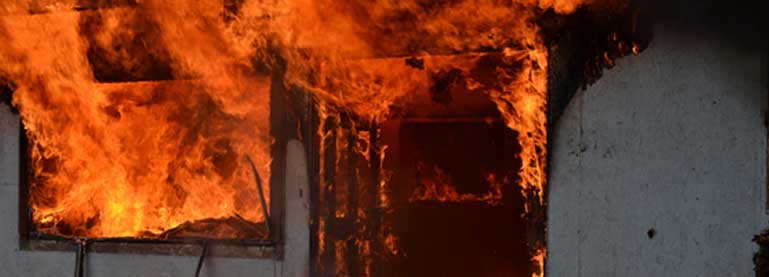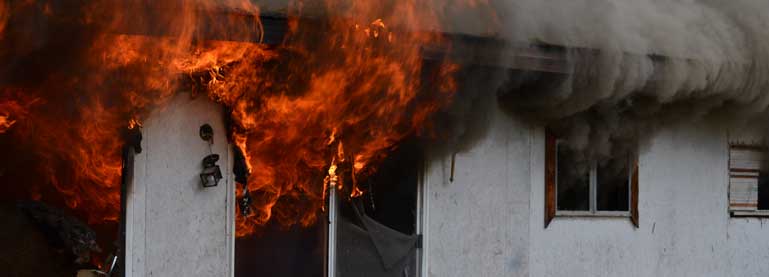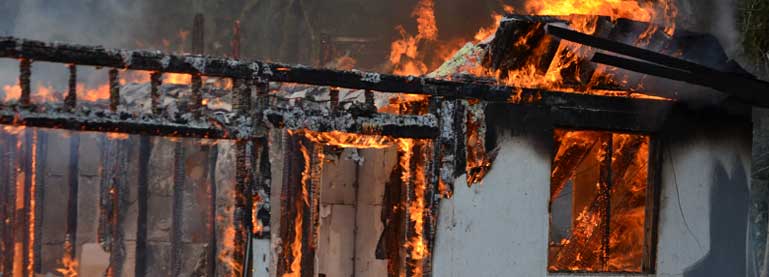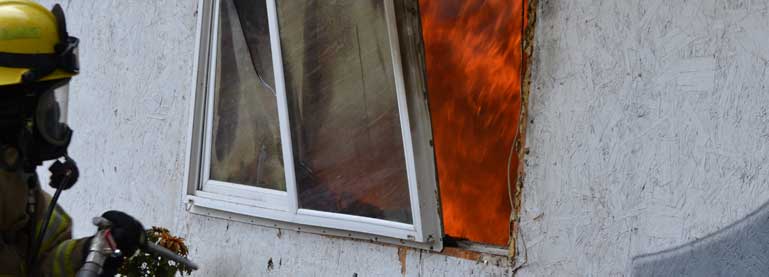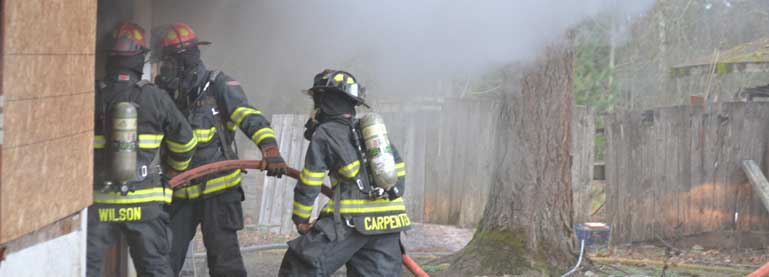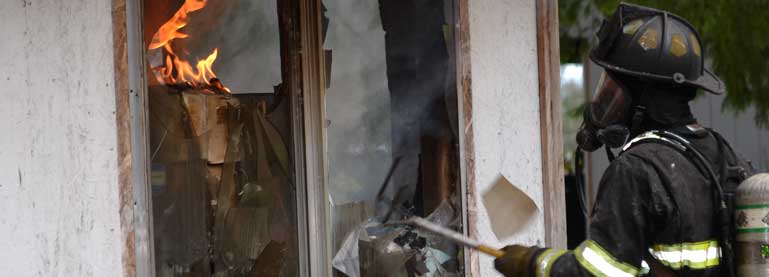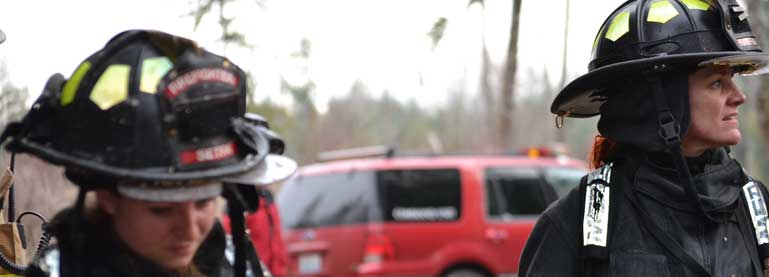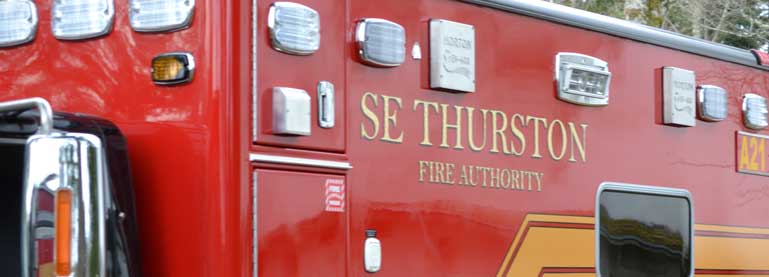Sometimes during landscaping or yard clearing you end up with a large pile of branches, leaves, and other flammable debris. Many people choose to burn these piles, as it provides a relatively easy and efficient way of removing them, though this method also carries various risks with it. These tips will help you execute your residential or agricultural burning as safely as possible, and within the requirements of the law as well!
Before You Burn
- Is what you’re burning legal? Certain materials are illegal to burn in this way. Some examples of illegal materials are: paper, cardboard, construction debris, treated wood, plastics, metal, and more. Check the Department of Ecology’s site HERE for a full list!
- Do you need a burn permit? Most areas require that you acquire a burn permit prior to your burn. Check your local guidelines and get a burn permit before you start!
- Are you allowed to burn? Different areas have different burn guidelines. For example, burning in many urban areas is not permitted, though some areas have exceptions. Check your local rules for burning prior to starting.
- Check for burn bans. Always check your local burn ban status prior to burning. Starting a fire that goes against an active burn ban is a crime and can lead to significant fines.
- Wet the surrounding area. It’s typically a good idea to wet the area surrounding the fire with a hose prior to burning to help prevent the fire from spreading.
Where and When to Burn?
- Do not burn near structures or heavy vegetation. Never start a burn near your house, shed, vehicles, or any areas of heavy vegetation such as forest lines, bushes, etc. Large burns have increased risks of spreading, and can do so quickly, so ensure there isn’t anything nearby that can start a wildfire or structural fire.
- Do not burn during a drought, heavy winds, or other weather hazards. Make sure the weather is right for your burn. Burning during an excessively dry period, during heavy wind, or other conditions can increase the risk of a wildfire.
- Burn during the day and when you can keep an eye on the fire. When burning, it’s best to do so during the day so you can clearly see what is happening around your fire. Also, never leave the fire unattended, even for a moment. Unattended fires of any size can quickly get out of control, especially large burns.
What to do After Your Burn?
- Ensure the fire is put out entirely. Spray the remnants with a garden hose or dump buckets of water on the pile to put the fire out, even if it seems to have burned itself out already. Wait a few minutes, then use a long branch or tool such as a rake to spread the remaining branches or debris out into a flat area, then douse it again. Keep an eye on the burn area for a while longer to make sure it doesn’t start to smoke or burn again, and check it for burning coals or wood.
- Clear the burn area. Shortly after the burn or the following day, go spread the burn pile a bit more and check again for signs of fire. If you’re moving the ashes and debris somewhere else, ensure there are not hot pieces before grabbing them or putting them into a container. Do not use anything plastic or flammable to contain the remnants, if possible use metal trashcans or similar fire resistant containers.

